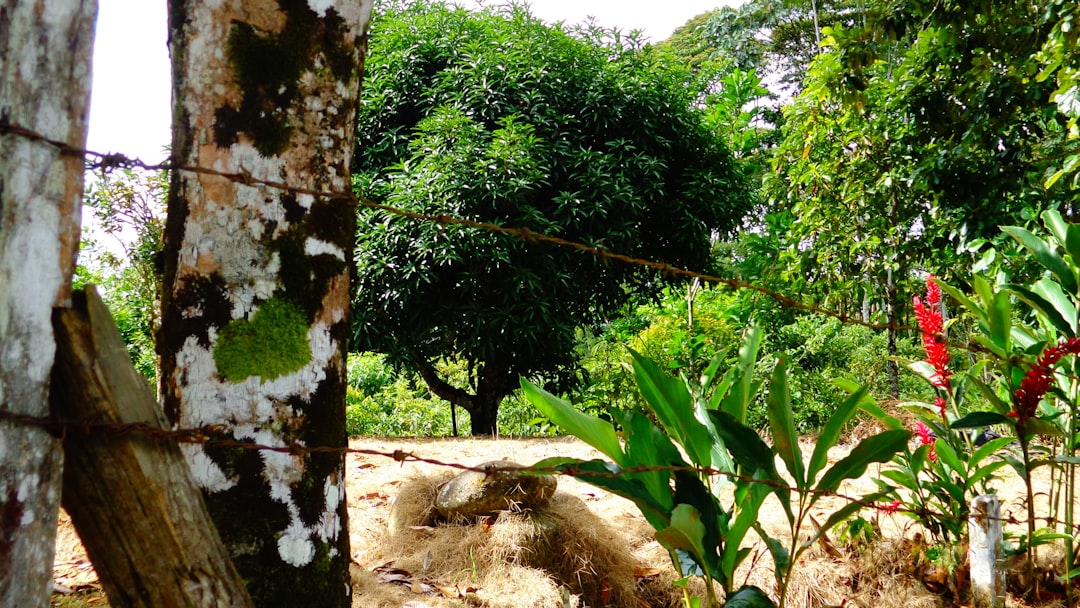Unveiling the Secrets of Begonia Houseplant Care

Houseplants have long been a delightful addition to any living space, bringing a touch of nature indoors. Among the many varieties of houseplants, begonias stand out for their vibrant colors, unique foliage, and relatively easy care requirements. In this article, we will explore the best ways to care for begonia houseplants, covering everything from choosing the right types to providing the ideal lighting, watering, and fertilizing conditions.
### Choosing the Right Begonia Types
There are numerous types of begonias available, each with its own distinct characteristics. Some popular varieties for indoor cultivation include:
- Wax Begonias: These are known for their shiny, waxy leaves and clusters of colorful flowers. They are relatively compact and can thrive in a variety of light conditions.
- Angel Wing Begonias: Named for their wing-shaped leaves, these begonias often have showy flowers and can grow quite large. They prefer bright, indirect light.
- Rex Begonias: Renowned for their stunning foliage, Rex begonias come in a wide range of colors and patterns. They require high humidity and indirect light.
When selecting a begonia, consider the available space in your home, the amount of light it receives, and your personal aesthetic preferences.
### Lighting Requirements
Proper lighting is crucial for the health and growth of begonia houseplants. Most begonias prefer bright, indirect light. Direct sunlight can scorch their leaves, especially during the hot summer months. A north or east-facing window is often an ideal location, as it provides gentle, filtered light throughout the day.
If you don't have access to sufficient natural light, you can also use artificial grow lights. LED grow lights are a popular choice, as they are energy-efficient and can be adjusted to provide the right spectrum of light for plant growth. Place the lights about 12 to 18 inches above the plants and keep them on for 12 to 16 hours a day.
### Watering Begonias
Watering is another important aspect of begonia care. Begonias prefer to be kept evenly moist, but not waterlogged. Overwatering can lead to root rot, while underwatering can cause the leaves to wilt and drop.
To determine when to water your begonia, check the top inch of the soil. If it feels dry to the touch, it's time to water. Use room-temperature water and water the plant thoroughly until water drains out of the bottom of the pot. Be sure to empty the saucer beneath the pot to prevent the plant from sitting in standing water.
During the winter months, when the plant's growth slows down, you can reduce the frequency of watering. However, don't let the soil dry out completely.
### Fertilizing Begonias
Fertilizing your begonia regularly can help promote healthy growth and vibrant blooms. Use a balanced, water-soluble fertilizer formulated for houseplants. Follow the instructions on the fertilizer package for the correct dosage and frequency of application.
During the growing season (spring and summer), you can fertilize your begonia every two to four weeks. In the fall and winter, reduce the frequency to once a month or stop fertilizing altogether.
### Humidity and Temperature
Begonias thrive in humid environments. If the air in your home is dry, especially during the winter months, you can increase the humidity around your plants by using a humidifier or placing a tray of water near the plants. You can also mist the leaves with water occasionally, but be careful not to get the leaves too wet, as this can lead to fungal diseases.
In terms of temperature, most begonias prefer a warm and stable environment. Keep the temperature between 60°F and 75°F (15°C and 24°C). Avoid placing the plants near drafts or heating vents, as sudden temperature changes can stress the plant.
### Pruning and Propagation
Pruning your begonia can help maintain its shape and encourage bushier growth. Remove any dead, damaged, or yellowing leaves regularly. You can also pinch back the tips of the stems to promote branching.
Propagating begonias is relatively easy and can be done through stem cuttings or leaf cuttings. To propagate through stem cuttings, take a 3 to 4-inch cutting from a healthy stem and remove the lower leaves. Dip the cut end in rooting hormone and plant it in a pot filled with moist potting soil. Keep the soil moist and place the pot in a warm, bright location. Roots should develop within a few weeks.
To propagate through leaf cuttings, take a healthy leaf and cut it into sections, making sure each section has a vein. Place the leaf sections on top of moist potting soil and cover them with a plastic bag to create a humid environment. Keep the soil moist and roots should develop within a few weeks.
In conclusion, caring for begonia houseplants can be a rewarding experience. By following these tips on choosing the right types, providing the proper lighting, watering, fertilizing, and maintaining the right humidity and temperature, you can enjoy healthy, vibrant begonias in your home for years to come.